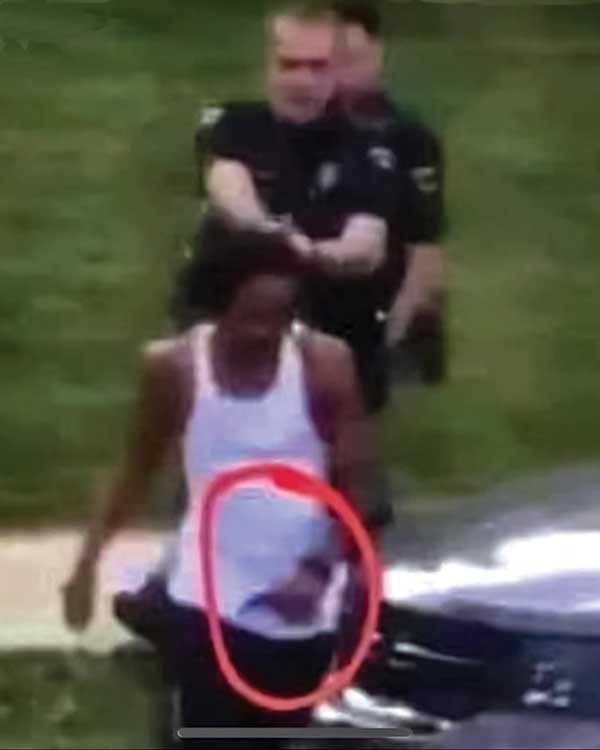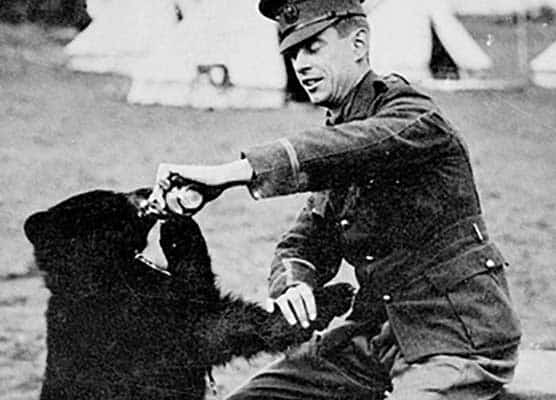Cop Talk: Officer Involved Shootings: Need for a New Paradigm
We don’t try our cases in the press” has to change. Here’s why.
There’s a Latin saying: Silentium est consensus. It translates to “silence equals consent.” When a wrongfully accused person does not answer the charge, most people read it as an admission of guilt. It’s a legal principle of our law that this is not so, but unfortunately, only attorneys and cops seem to realize that.
Those same lawyers and cops have all been told in law school and the police academy, “We don’t discuss our cases in the press; it will all come out in court.” Unfortunately, in recent years, things have changed. Greed-motivated plaintiffs’ lawyers and politically motivated prosecutors have taken to trying their cases in the press, and when the accused do not respond in the same venue, well … silentium est consensus becomes the uncontested verdict in the Court of Public Opinion.
Riots
Los Angeles, 1992. A hulking suspect became violent during a traffic stop. An early version of the TASER had no effect, and when four LAPD cops “swarmed” him each grabbing an arm or a leg, he threw them aside like a terrier flinging rats. A citizen named George Holliday turned on his new camcorder in time to catch the man, Rodney King, trying to jerk Officer Lawrence Powell’s Beretta from its holster. The batons came out, and a bit over a minute and 50-some PR-24 swings later, the man was in handcuffs. The video found its way quickly to the media.
The suspect was black, the officers white, and the “Rodney King beating” became a national outrage. The public saw, again and again, the ugliest 10 seconds of the video, though King’s gun snatch attempt was never shown until the trial and then seen by only a small percentage of the public. When the cops were acquitted, riots followed, taking more than 60 lives, injuring thousands, and wreaking economic devastation in what was already one of the most poverty-stricken parts of the city.
Kenosha, 2020. Almost three decades later, another video surfaced in a city of 100,000 in Wisconsin. It showed police officers with drawn guns following a black man, Jacob Blake, from the right rear of an automobile containing two little kids, around the front to the driver’s door, where one officer finally shot him seven times behind lateral midline. It became an instant cause célèbre: “Unarmed Black Man Shot Seven Times in Back.” The police department said not a word in defense of the officer’s action. The city burned and incurred tens of millions of dollars in damages, and three men were shot on video in demonstrable self-defense, two fatally, by a young man subsequently tried for murder.
From the beginning, a knife had been visible in Blake’s hand, and the officer fired only after he perceived the man turning on him with it within arm’s reach. In truth, the story should have been “Cops Save Black Children from Knife-Wielding Kidnapper.” Yet the “unarmed” narrative continued even after Blake himself confessed he was armed and the state Attorney General’s Office at last released the truth — weeks after the riot and the killings.
By Con
Years after the King conflagration, when Charlie Beck became chief of LAPD, he created a policy whereby after any potentially controversial OIS (Officer Involved Shooting) a press conference would be held. It would include the original 911 call, dashcam and bodycam video, scene photos and a narrative of what actually happened. It would be widely disseminated to the public, with the promise the investigation would continue, and the public kept apprised.
Las Vegas Metropolitan Police Department followed, setting a high standard for thoroughness. So did a number of other police departments.
LAPD to LVMPD and beyond, except for disturbances caused nationwide by the death of George Floyd in Minneapolis, every department following this policy has escaped major rioting. The reason is, they have “gotten ahead of the story” and kept false narratives from gaining traction.
We have seen the same principle in armed citizen self-defense shootings. A few years ago in Austin, Texas, John Daub had to shoot and kill a home invader who broke through the front door of his home while his wife and children were present. He was a member of the Armed Citizens Legal Defense Network (armedcitizensnetwork.org), which had attorney Gene Anthes on the scene before the blood on the floor dried — telling reporters what had really happened. The result: a justifiable homicide ruling and public support and sympathy for John and his family.
A rule of human conflict is when one’s opponents change their attack strategy, one has to alter defense strategy accordingly. With today’s twisting of the truth by journalists and lawyers with less than honorable motives, we need police departments and attorneys who will not leave those who righteously pull the trigger undefended in the unforgiving Court of Public Opinion.






